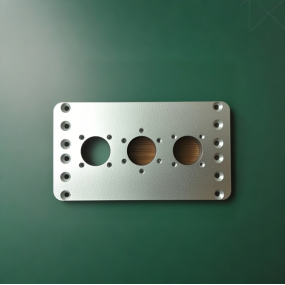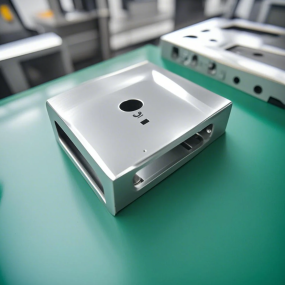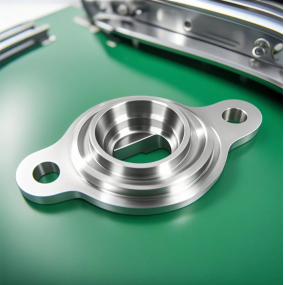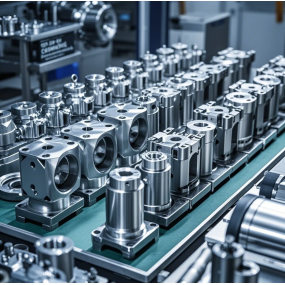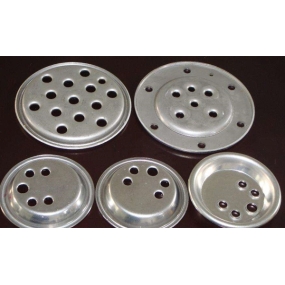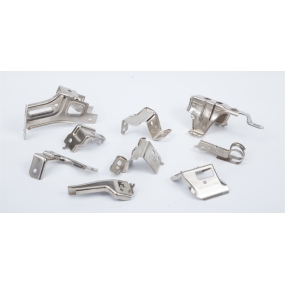The process flow of hardware axle processing mainly includes the following steps:
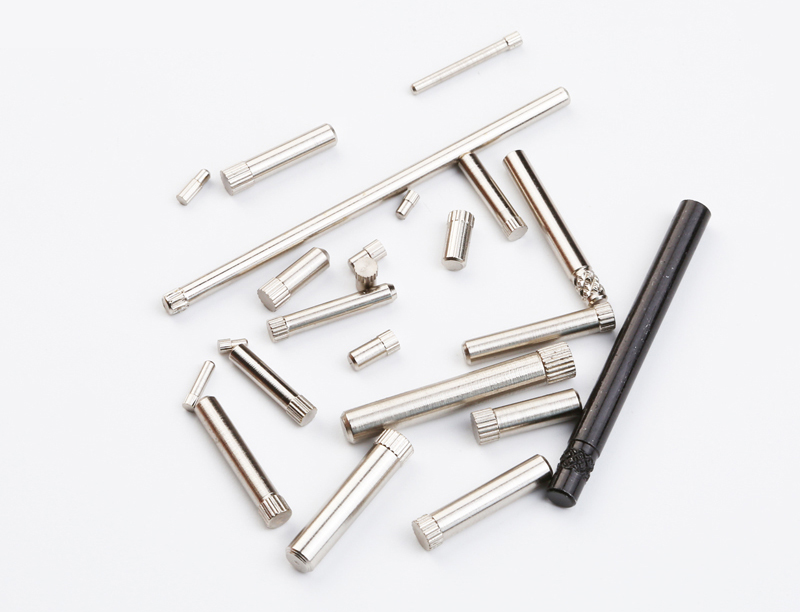 1. Material preparation: Select suitable raw materials according to product requirements, such as carburized steel, quenched and tempered steel, nitride steel, etc.
1. Material preparation: Select suitable raw materials according to product requirements, such as carburized steel, quenched and tempered steel, nitride steel, etc.
2. Forging: The raw materials are heated and forged into the desired shape to enhance the strength and toughness of the material.
3. Normalizing or annealing: Heat treatment is performed on the forged workpiece to eliminate forging stress and improve the structure and properties of the material.
4. Punch the top hole: Punch the top hole at one end of the workpiece for positioning and support in subsequent processing.
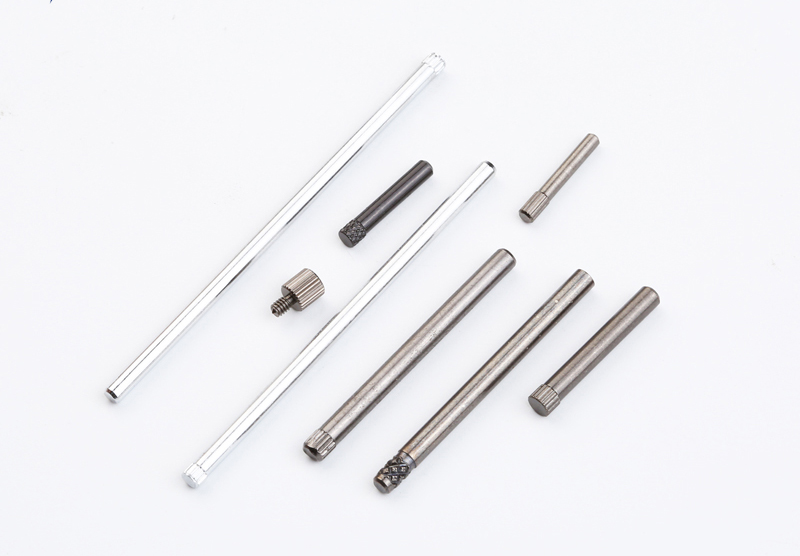 5. Roughing: Preliminary cutting of the workpiece is performed to remove most of the allowance and approach the final shape.
5. Roughing: Preliminary cutting of the workpiece is performed to remove most of the allowance and approach the final shape.
6. Semi-finishing and finishing: The workpiece is further machined to achieve the required accuracy and surface roughness. For precision hardware shaft parts, the finishing process may need to be arranged before or after quenching heat treatment according to the specific situation.
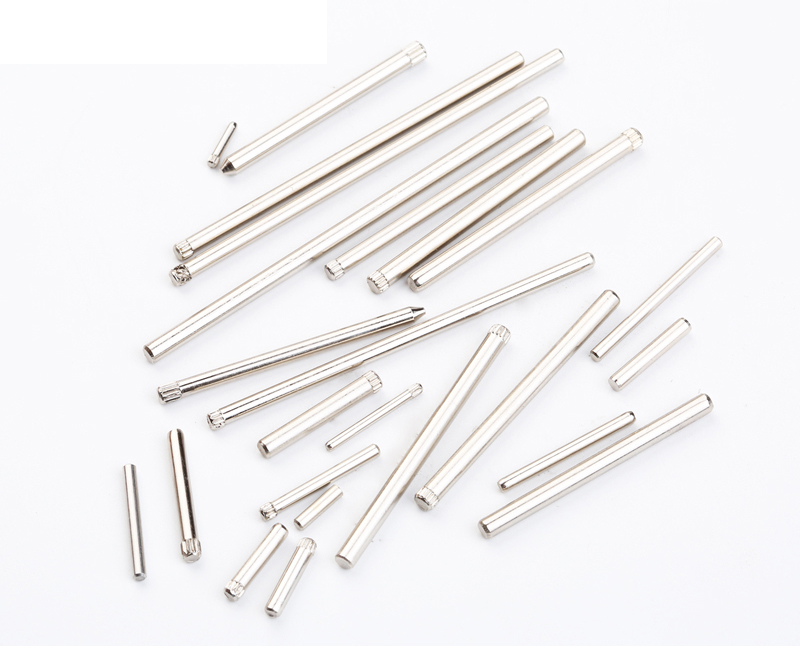 7. Heat treatment: such as carburizing, quenching, tempering, low temperature aging, etc., to improve the hardness and wear resistance of the workpiece. It should be noted that the hardened parts cannot be machined with general tools.
7. Heat treatment: such as carburizing, quenching, tempering, low temperature aging, etc., to improve the hardness and wear resistance of the workpiece. It should be noted that the hardened parts cannot be machined with general tools.
8. Rough grinding and fine grinding: Grinding the workpiece to achieve higher accuracy and surface quality. For precision shaft parts, finishing is also required.
9. Secondary surface processing: such as the processing of threads, splines, keyways, etc., the accuracy requirements of these secondary surfaces are also relatively high.
10. Quality inspection: Conduct a comprehensive quality inspection of the finished workpiece to ensure that it meets the design requirements.
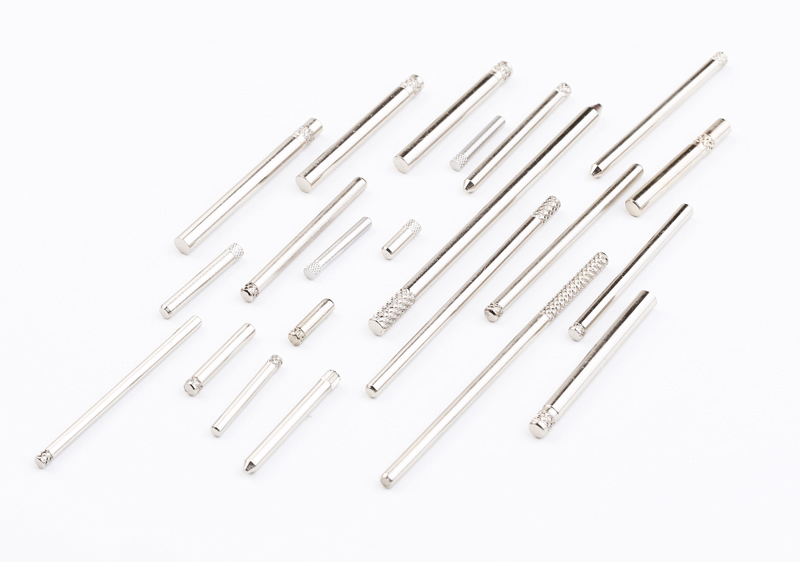 In the entire process, it is necessary to choose the processing methods and equipment reasonably, and strictly control the processing parameters and process conditions to ensure the quality and efficiency of the processing. At the same time, it is also necessary to properly dispose of the waste generated during the processing to protect the environment and the health of employees.
In the entire process, it is necessary to choose the processing methods and equipment reasonably, and strictly control the processing parameters and process conditions to ensure the quality and efficiency of the processing. At the same time, it is also necessary to properly dispose of the waste generated during the processing to protect the environment and the health of employees.


 Spanish
Spanish Arabic
Arabic French
French Portuguese
Portuguese Belarusian
Belarusian Japanese
Japanese Russian
Russian Malay
Malay Icelandic
Icelandic Bulgarian
Bulgarian Azerbaijani
Azerbaijani Estonian
Estonian Irish
Irish Polish
Polish Persian
Persian Boolean
Boolean Danish
Danish German
German Filipino
Filipino Finnish
Finnish Korean
Korean Dutch
Dutch Galician
Galician Catalan
Catalan Czech
Czech Croatian
Croatian Latin
Latin Latvian
Latvian Romanian
Romanian Maltese
Maltese Macedonian
Macedonian Norwegian
Norwegian Swedish
Swedish Serbian
Serbian Slovak
Slovak Slovenian
Slovenian Swahili
Swahili Thai
Thai Turkish
Turkish Welsh
Welsh Urdu
Urdu Ukrainian
Ukrainian Greek
Greek Hungarian
Hungarian Italian
Italian Yiddish
Yiddish Indonesian
Indonesian Vietnamese
Vietnamese Haitian Creole
Haitian Creole Spanish Basque
Spanish Basque

